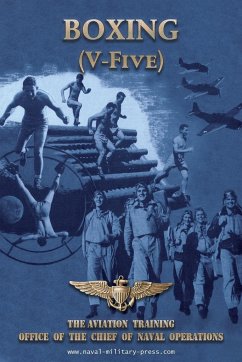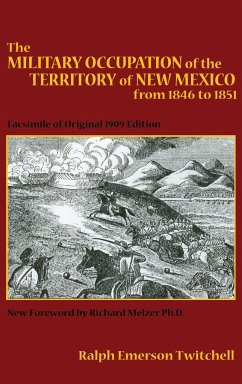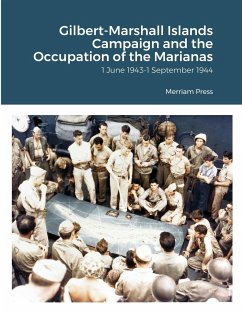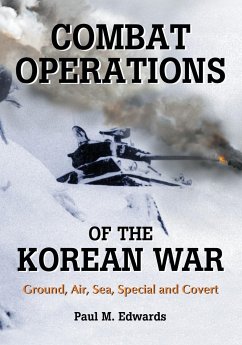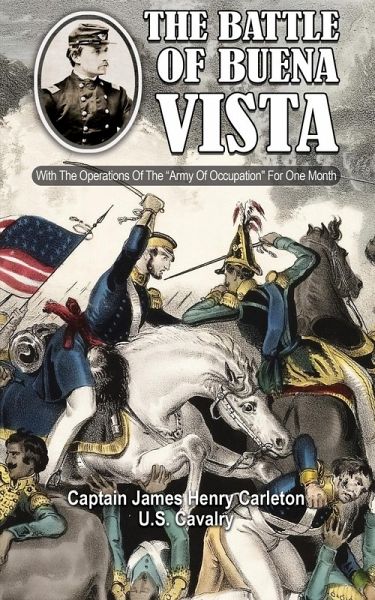
THE BATTLE OF BUENA VISTA With The Operations Of The "Army Of Occupation" For One Month

PAYBACK Punkte
11 °P sammeln!
The author Captain James Henry Carleton was an officer in the US Army and a Union general during the American Civil War. Carleton and is best known as an Indian fighter in the South-western United States.. Partly on the strength of 'The Battle of Buena Vista' he received an appointment from Secretary of War Jefferson Davis in 1856 to make a study of European cavalry tactics. On 22 February 1847, having heard of weakness from the written orders found on an ambushed US scout, Santa Anna, the Mexican soldier and politician, seized the initiative and marched Mexico's entire army north to fight Gen...
The author Captain James Henry Carleton was an officer in the US Army and a Union general during the American Civil War. Carleton and is best known as an Indian fighter in the South-western United States.. Partly on the strength of 'The Battle of Buena Vista' he received an appointment from Secretary of War Jefferson Davis in 1856 to make a study of European cavalry tactics. On 22 February 1847, having heard of weakness from the written orders found on an ambushed US scout, Santa Anna, the Mexican soldier and politician, seized the initiative and marched Mexico's entire army north to fight General Zachary Taylor with 20,000 men, hoping to win a smashing victory before William Wallace Smith Bliss's army could invade from the sea. The two armies met and fought the largest battle of the war at the Battle of Buena Vista. Taylor, with 4,600 men, had entrenched at a mountain pass called La Angostura, or 'the narrows', several miles south of Buena Vista ranch. Santa Anna, having little logistics to supply his army, suffered desertions on the long march north and arrived with only 15,000 men in a tired state. Having demanded and been refused the surrender of the US Army, Santa Anna's army attacked the next morning, using a ruse in the battle with the US forces. Santa Anna flanked the US positions by sending his cavalry and some of his infantry up the steep terrain that made up one side of the pass, while a division of infantry attacked frontally to distract and draw out the US forces along the road leading to Buena Vista. Furious fighting ensued, during which the US troops were nearly routed, but managed to cling to their entrenched position, thanks to the Mississippi Rifles, a volunteer regiment led by Jefferson Davis, who formed them into a defensive V formation. The Mexicans had nearly broken the American lines at several points, but their infantry columns, navigating the narrow pass, suffered heavily from the American horse artillery, which fired point-blank canister shots to break up the attacks. Initial reports of the battle, as well as propaganda from the Santanistas, credited the victory to the Mexicans, much to the joy of the Mexican populace, but rather than attack the next day and finish the battle, Santa Anna retreated, losing men along the way, having heard word of rebellion and upheaval in Mexico City. Taylor was left in control of part of northern Mexico, and Santa Anna later faced criticism for his withdrawal. Mexican and American military historians agree that the US Army could likely have







